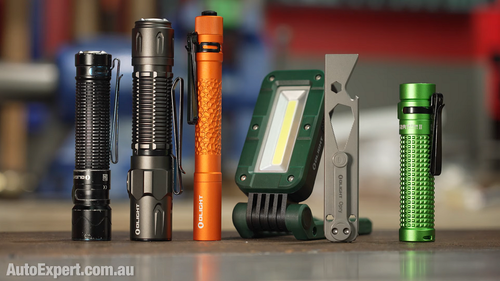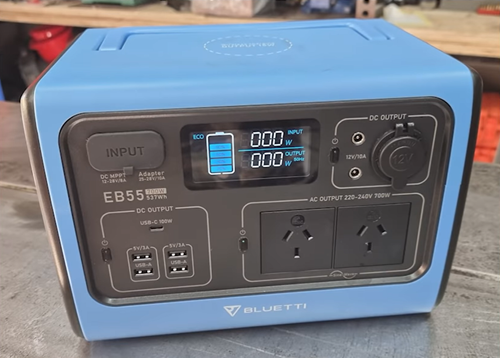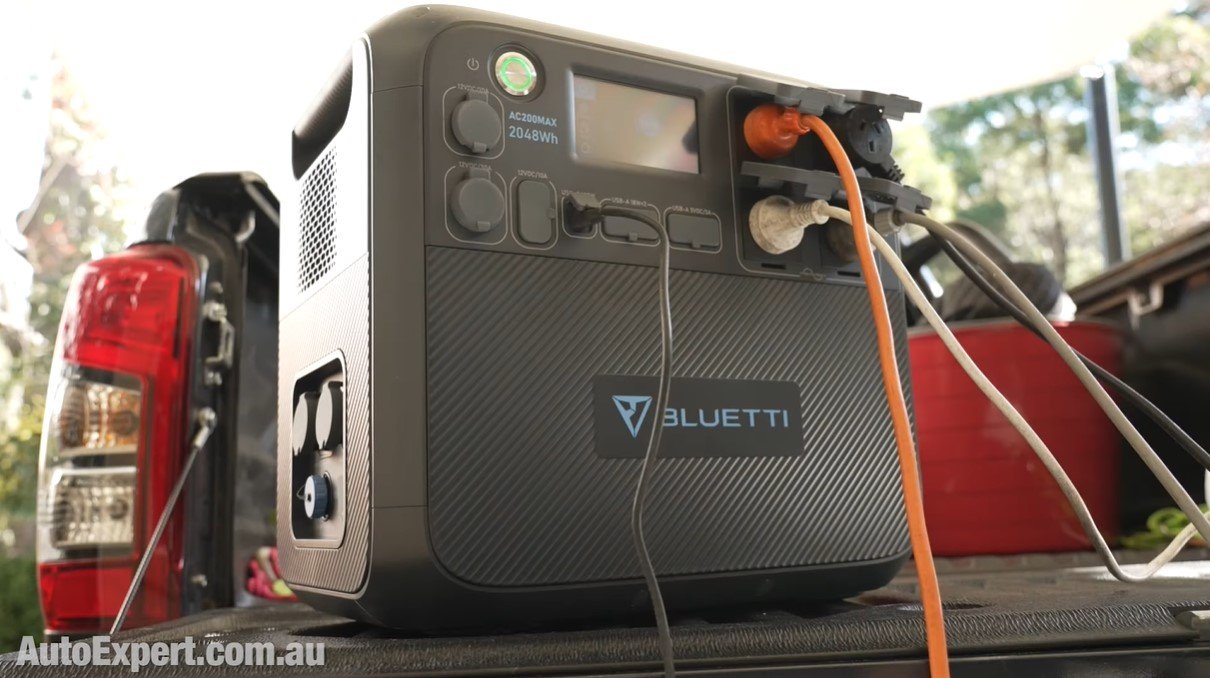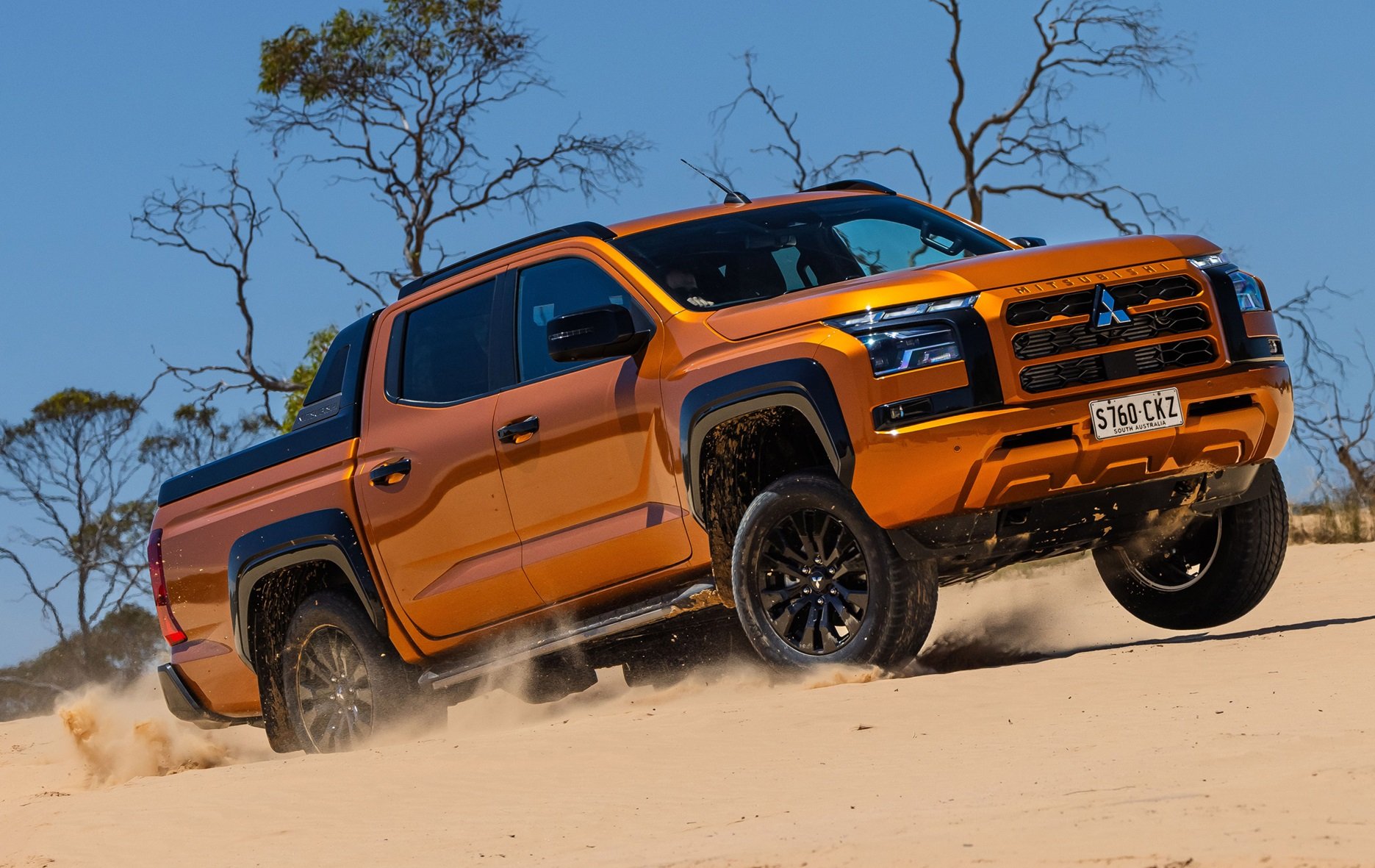Fact Vs Fiction: 4X4 Ute Engineering Basics
CarExpert has done it again - this time, misinforming you about fundamental 4WD ute design. Here's why fact-checking in journalism matters to you, the consumer audience...
CarExpert has made a most excellent ute-explainer, for morons. It should be essential reading on the road to Dingo Piss Creek.
Using the term ‘Expert’ in your business name? I may be wrong here, but generally it requires, at least according to the word’s definition, to be one. Just saying. Adds credibility.
Thank the lord Elon Musk for a world with CarExpert in it, and its uplifting recent ute jargon-busting piece for complete idiots is a good example of why. Well done to the team of fact-checking professionals who were all apparently on leave at exactly the same time it was published.
The original report in question has since been corrected: my report refers to the original version.
Note: A substantial correction was made on 16 August, 2022.
Let me start by saying, thank you CarExpert, for taking the confusion out of all those different cabs with its excellent explanation there. Single cabs, dual cabs. Who knew?
Australian knuckle-draggers are sleeping soundly tonight, because CarExpert condensed all that multi-cab complexity into just 12 paragraphs. Amazing.
Here are the seven (or so) things wrong with this ‘expert’ ute report:
Minor problem here, however: That’s completely wrong. But aside from that - all good. Overwhelmingly, 4WD utes have a transfer case without any differential whatsoever. Locking or not: No diff. If a transfer case had a differential, it would allow you to drive on a high-traction surface in 4WD. That’s how this works.
For complete clarity, the transfer case is the part of the powertrain behind the transmission, which transfers the drive front and rear (always rear, sometimes front, in a ute), hence its name, and also it contains the low-range reduction gearing.
Unless you’re driving a Triton or an Amarok (or some new Ranger, I think) there is no diff down there whatsoever, in the transfer case. (Cross-axle diffs - sure. Two of them are free with every 4X4 ute. Centre diffs - not so much.)
The front and rear propshafts are therefore synchronised when you select 4WD, in most utes, and if you drive in 4WD on a high-traction surface, it’ll be basically mechanically unsympathetic and destructive. So don’t do that.
I’m looking at you, Hilux, Ranger, Navara, BT-50, D-MAX, and low-spec Triton. No centre diff at all.
Unbraked tow capacity across the segment is 750 kilos - that’s a legislative thing. So, if them all being the same in this respect is a ‘key differentiator’ - okay. (If you want a comprehensive, definitive towing guide click here >>)
Braked tow capacity is generally 3.5 tonnes with 4X4 utes - with the exception of Triton (3.1 tonnes) and Ranger Raptor at 2.5 tonnes. So, explain to me how every other 4X4 Ranger, plus Hilux, Navara, BT-50 and D-MAX all being 3.5 tonnes is a ‘key differentiator’. Them being all, you know - the same.
It’s probably fairer to say that maximum tow capacity is a specification that’s very important to the majority of dumb ute-buying wankers, which is why 3.5 tonnes is popular - despite how absurdly impractical and unsafe it actually is, trying to tow that much with any popular mainstream 4X4 ute.
Here’s the ‘Applied Physics of Heavy Towing’ in case you want to understand why towing is really important to get right, both as a consumer, and a motoring journalist.
My AutoExpert AFFORDABLE ROADSIDE ASSISTANCE PACKAGE
If you’re sick of paying through the neck for roadside assistance I’ve teamed up with 24/7 to offer AutoExpert readers nationwide roadside assistance from just $69 annually, plus there’s NO JOINING FEE
Full details here >>
AutoExpert DISCOUNT OLIGHT TORCHES
These flashlights are awesome. I carry the Olight Warrior Mini 2 every day - it’s tiny, robust, and super useful in the field or in the workshop. Olight is a terrific supporter of AutoExpert.
Use the code AEJC to get a 12% discount >>
Generators suck! Go off-grid with AutoExpert BLUETTI PORTABLE POWER STATIONS
Need mobile, reliable power? If you’re camping, boating, caravanning or building a dirty big shed in the back paddock, and you need to run a refrigerator, lights, air conditioner, cooking, and/or a bunch of tools - Bluetti has a clean, tidy, robust solution…
Get your AutoExpert free shipping discount here: https://bit.ly/3n62heK
Let’s get technical
Here’s an example of publishing what, in my opinion, is contrarian to the use of the term ‘expert’ in a masthead.
Load-carrying capacity of the modern, popular ute is a joke, and only a person who never considered that stuff could make the claim that load-carrying was such a big deal in the off-road masturbatory ute segment.
The Hilux Rogue has a payload capacity of just 819 kilos. Rugged-X, being even more masturbatory, is 734. This isn’t just firewood or building materials, remember - it’s people and their gear as well, plus whatever aftermarket ARB junk you fit, and the towball download.
A family of four, some personal crap, junk in the tray - second spare tyre and recovery gear - hitched to a camper trailer with 250 kilos of download, and you are basically on the cusp of being overloaded.
A big, old soft SUV like a Hyundai Santa Fe Highlander diesel has a payload capacity of 667 kilos, which is within a metric bee’s dick of a Hilux Rugged X. (It’s also slightly more payload than a LandCruiser 300 Sahara. Just saying.) They’re all highly similar load capacity propositions.
This whole obsession with utes - especially the more popular dual-cabs with high spec levels - as load-carrying beasts, it’s a complete fantasy. In fact, an up-spec 4X4 ute is not able to carry much more load than average seven-seat SUVs.
They’re older, but they’re not simpler to design. That’s the springs themselves, right, not the suspension setups. Leaf springs are in fact very complex to design - there’s material, heat treatment, span, number of leaves, cantilever of each leaf (very important for tuning the load-deflection curve) and of course, lubrication, friction management and curvature.
Design of a leaf spring is just as complex as a coil. In many ways more complex. A modern leaf spring probably has 15 components. A coil is a coil of round spring-steel bar.
But of course, CarExpert said:
Just to inform you, the audience, the reason leaf springs are used on most utes is: Cost. It’s not because coils can’t carry the load. They can. This is not a locomotive or a B-Double (in terms of weight and function).
A coil spring on its own simply does not have the capacity to locate the rear axle in space. You need a multi-link suspension setup to locate the axle in space, while the coils carry the load. You need transverse and longitudinal location of the axle in space. That’s a minimum of three links, in addition to the springs. That’s three links, six brackets, six bolts, six bushes. More time and complexity on the production line. All in addition to just fitting the springs themselves.
With a leaf-spring setup, the springs both carry the load and keep the axle in position. So it’s much cheaper to design and build overall. Fewer parts, less time.
LandCruiser 300 has a coil sprung rear - we’re not actually claiming it’s not that good at load-carrying, are we? And it’s only 84 kilos different to a Hilux Rugged-X in terms of payload.
Coil spring only locates the rear axle in one plane. Bars and bushes do the rest, meaning more components to make.
Coil springs have superior ride quality for one simple reason: It’s because there’s a fundamental issue with multi-leaf spring nests.
In a leaf spring, there’s typically a nest of seven (or something) individual leaves. And they rub against each other whenever the spring deflects. So if the spring is static, and you hit a bump, the leaves have to start moving relative to each other. Rubbing on each other. (In six places, over a significant area, if you’ve got seven leaves in the nest.)
It’s a shearing sort of motion, right? So the static friction between the leaves has to be overcome for them to start their relative motion. Then they start moving relative to each other, and the friction is more or less kinetic.
See those long U-bolts? They’re doing two jobs: longitudinal and latitudinal location. Efficient, cheap.
Static friction is substantially higher than kinetic friction - and it’s the transition from one friction mode to the other, and back, which upsets ride quality with a leaf spring, causing you to be ‘shakin’ all over’.
So if you buy an old shitbox ute, consider taking time to disassemble and re-grease the rear leaves on an otherwise perfectly serviceable Saturday afternoon in your driveway, dude. You might be well pleased by how much the ride improves. Provided you don’t die in the attempt. In which case, if you don’t know what you’re doing, it might be best to get it done for you.
Strips of metal. What is this, Play School? Could we at least try to use vaguely engineering language? Each leaf in the nest is a curved bar of spring steel.
Plus, show me the aluminium leaf spring in a common vehicle anywhere. Aluminium is perhaps one of the worst possible common metals for springs. Getting an aluminium leaf spring to function reliably for the life of a vehicle - that’s a real ‘aerospace’ challenge. (And there goes your ute R&D budget trying to develop aluminium leaf springs befitting Curiosity Rover.)
Fatigue is a thing. And so is mechanical wear, because of all that relative rubbing against each other every time the spring deflects.
Leaf springs are manufactured from individual bars of heat-treated spring steel (they’re hardened and tempered after forming) with the cantilever between the leaves allowing you to tune the rate. Even achieve non-linearity if you want.
There’s possibly even one or two leaves with unclamped ends, at the bottom, which engage with the rest of the nest only when the vehicle is heavily loaded, and that really pumps up the spring rate.
Really? Kindly show me the parabolic leaf spring in a mainstream ute. I’d love to see that. Maybe the Raptor has that. (Coils, I think.) Don’t get me wrong: Parabolic leaves are a thing. You can even buy them aftermarket for some vehicles.
They’re expensive to make, however, because each leaf is tapered. The cross section gets smaller on the way out from the axle. And there are fewer leaves, so there’s less inter-leaf friction. There’s even typically composite/plasticky pads between the leaves to cut friction even more. They’re also lighter, so that reduces unsprung mass. So you get better ride quality. Still, they’re okay at carrying loads.
Therefore, parabolic leaf springs exist. But the leaf springs on utes are not parabolic, from the factory. They’re elliptical, dude. Not whole ellipses, obviously. That would be entirely unhelpful. Just part of an ellipse. An arc, by any other name. Which is why they’re called ‘semi-elliptical leaf springs’. Three words.
And finally, those damn ‘creases on the road’. Are we driving on bed sheets now? Because I didn’t get that calendar alert. They’re bumps, dude. Big, bugger-off bumps. All the way to The Creek, and back (if you survive).
I’ve never seen a warning sign: ‘Severe creases ahead. Reduce speed.’ And I’ve been everywhere, man.
That pretty much sums it up. So, thank you, CarExpert for another quality piece of uplifting automotive satire. It’s been fun.
And full credit for making that correction, it’s more than most mainstream media can muster, and it shows you respect the audience enough to acknowledge mistakes were made. We all live and learn.






























The Mazda BT-50 is more than just an Isuzu D-MAX clone. It can tow, carry and transport with relative ease, but it’s also great value and offers a premium interior - for a ute.